top of page
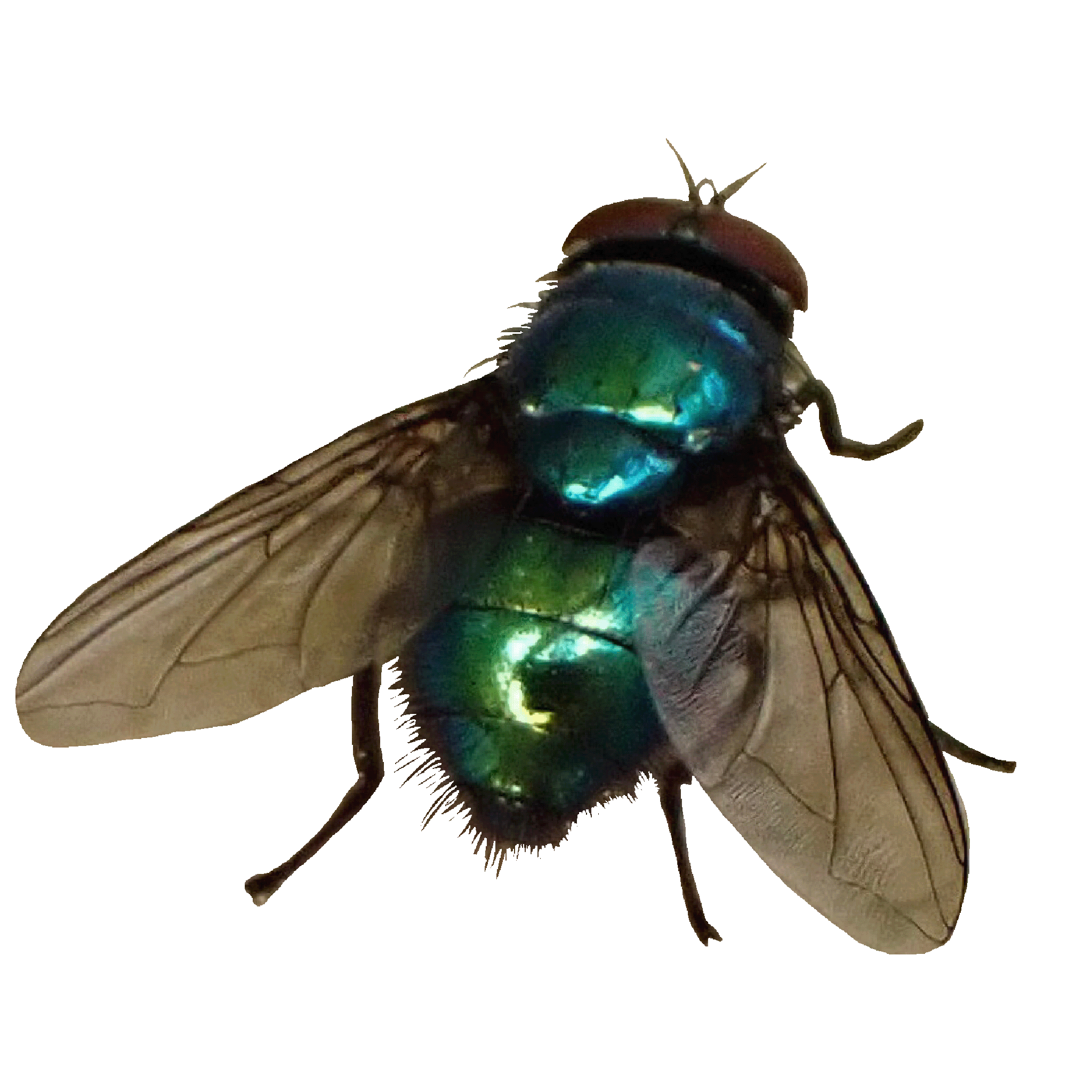
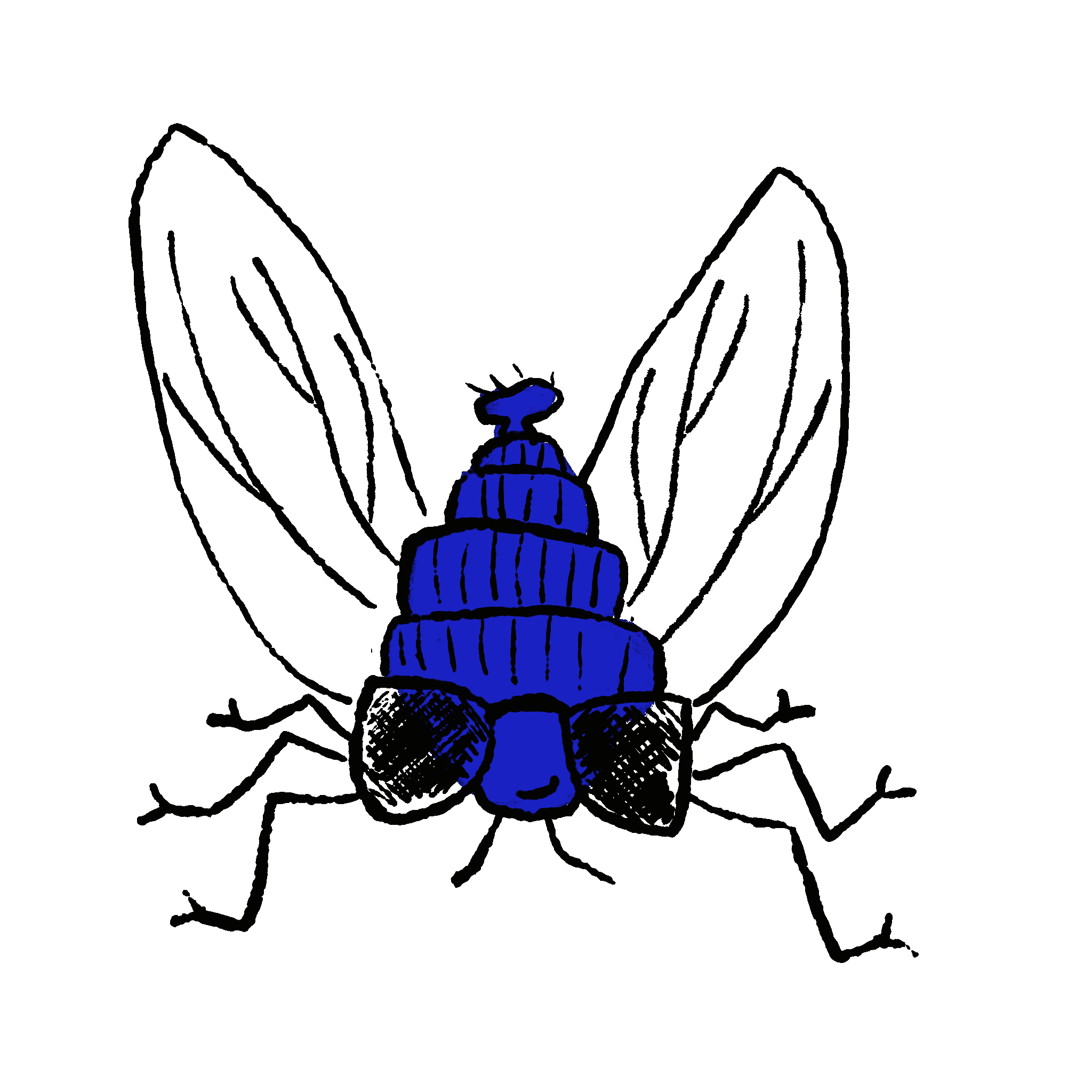


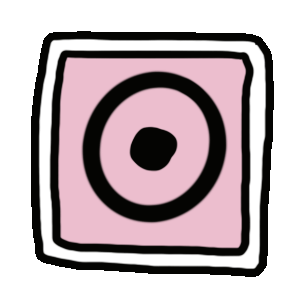

We have two pairs of wings, and two halteres to help us to balance as we fly.
We undergo complete metamorphosis
Most of us have sucking mouths but some of us are good at piercing our prey or cutting our food.
There are about 7,100 different species of fly in the British Isles
Fly Families

Bee flies
Bombyliidae
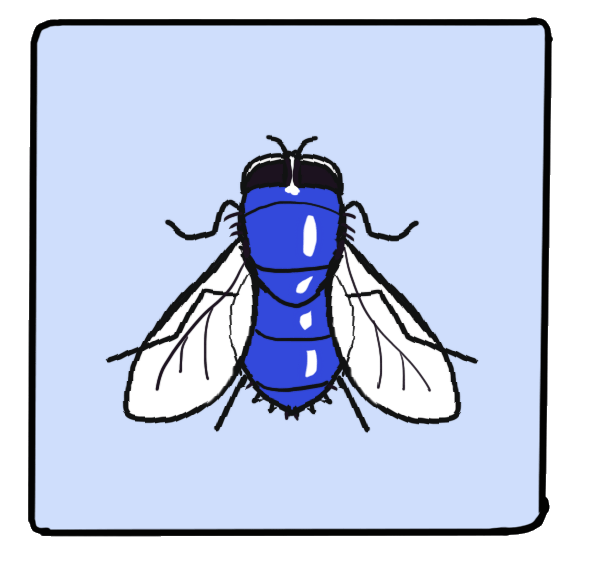
Blowflies
Calliphoridae
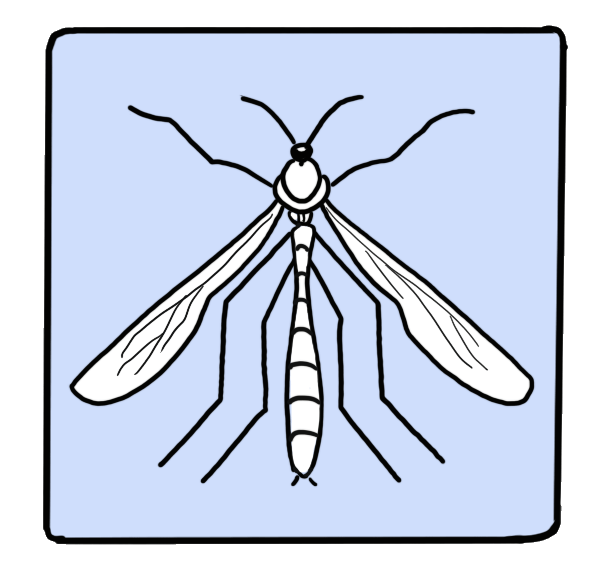
Crane flies
Tipulidae
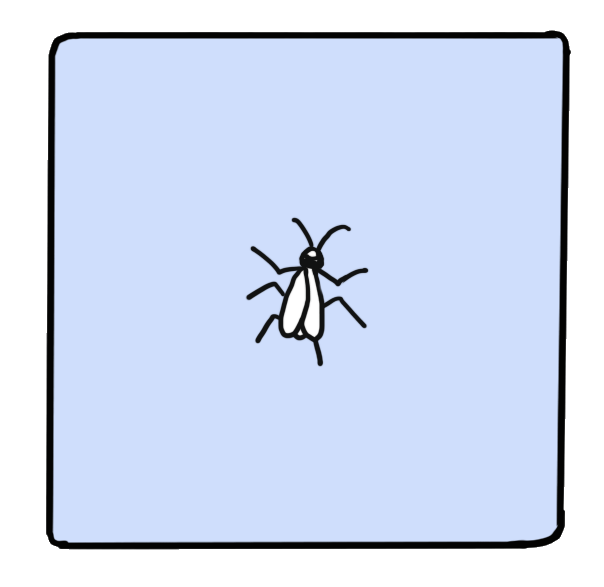
Gnats etc

Horseflies
Tabanidae
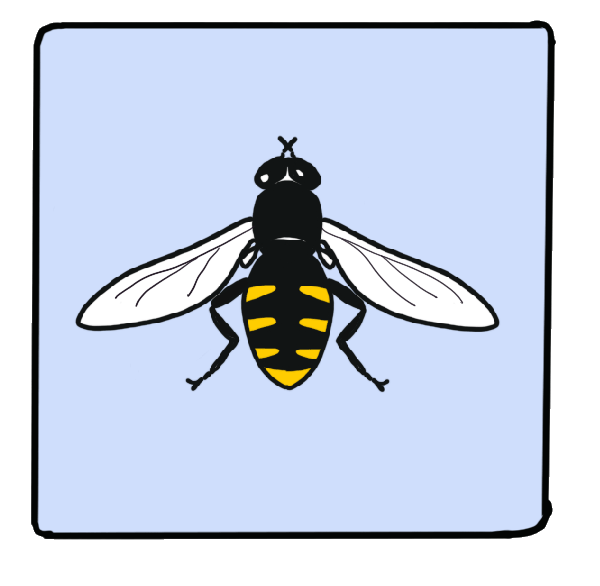
Hoverflies
Syrphidae

Parasitic flies
Tachinidae
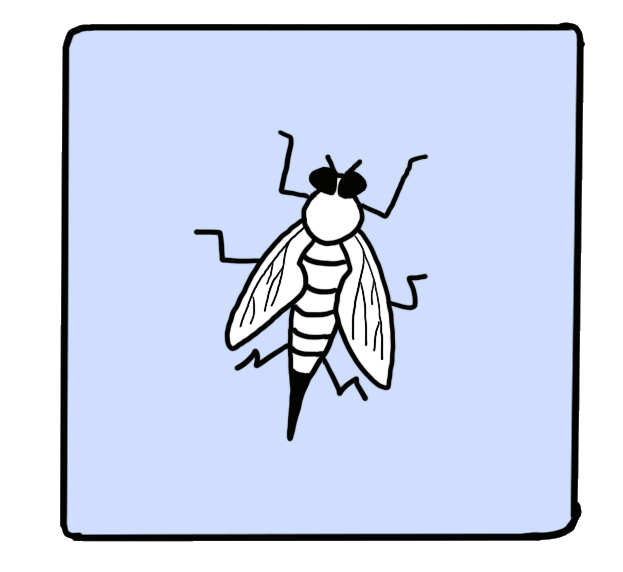
Robber Flies
Asilidae
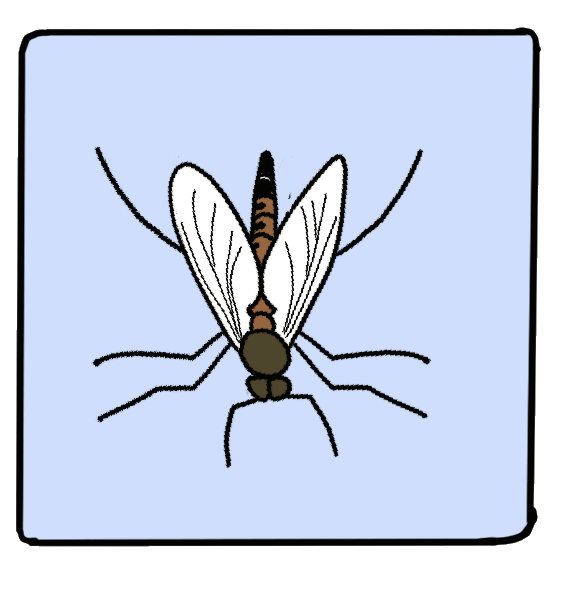
Snipe Flies
Rhagionidae

Soldier Flies
Stratiomyidae
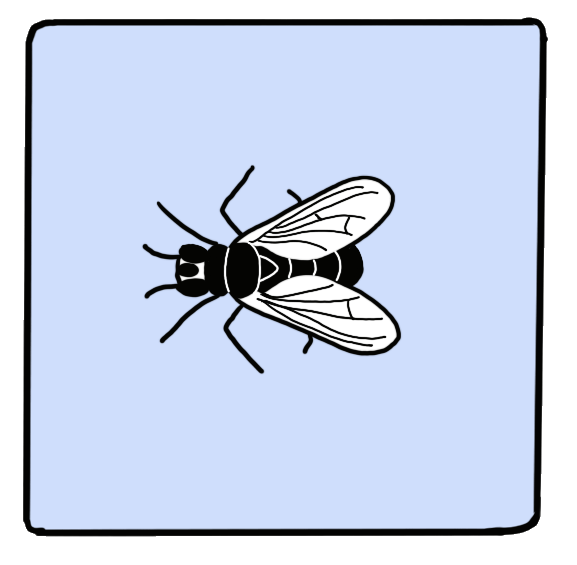
Houseflies
Muscidae

Dung flies
Scathophagidae
When we think of flies we mostly think of the bothersome ones that spread germs.
For example, this blow fly. It has an interesting Latin name: Calliphora vomitoria.
It is a kind of blow fly or bluebottle.
Parasitic flies
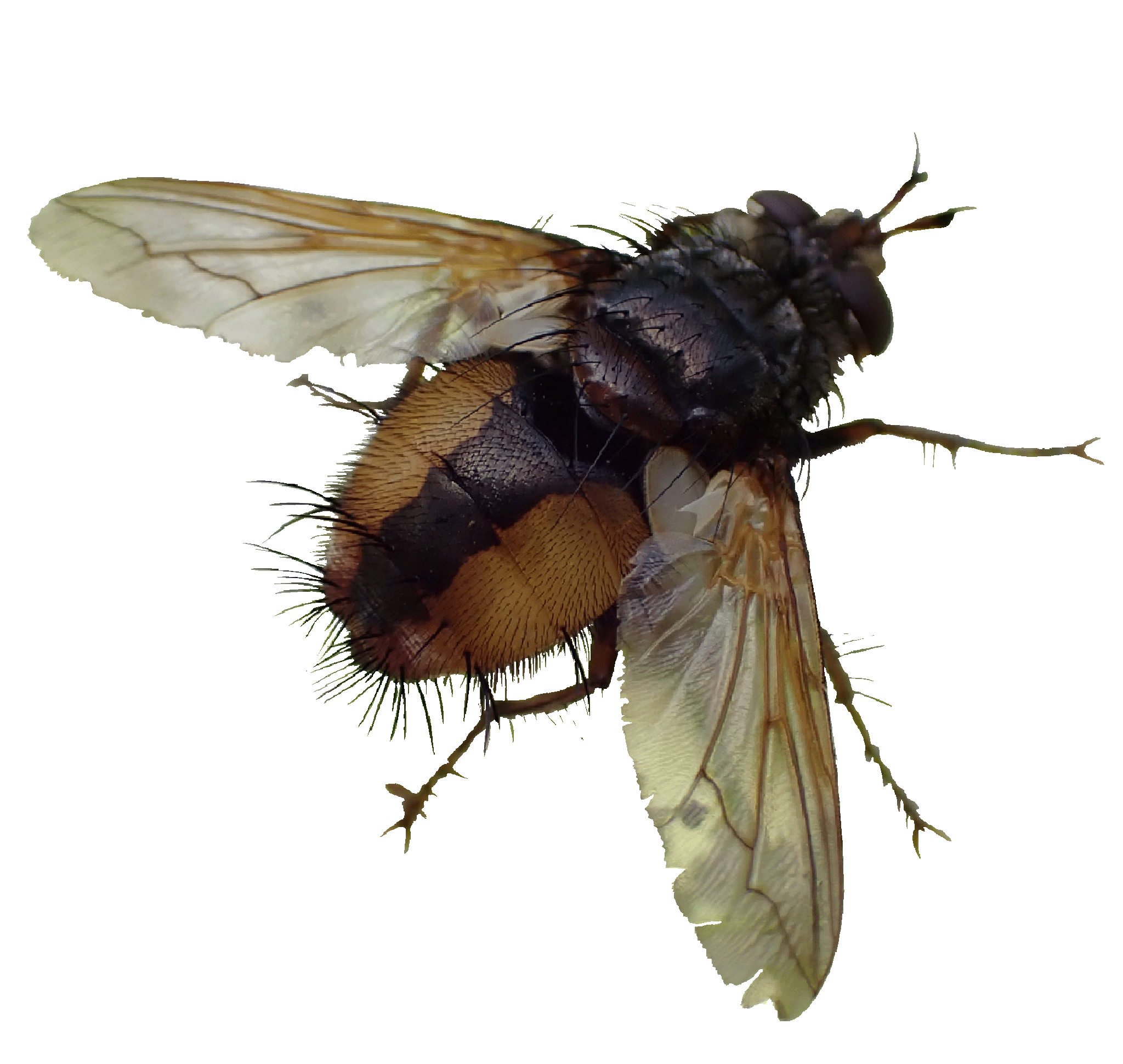
Tachina fera
Houseflies and Blowflies

There are many other kinds of fly, some of them are attractive or unusual. See below for some examples of those found in the North Pennines AONB.
Hoverflies
Hoverflies are some of the most attractive kinds of fly. Many look a bit like wasps or mimic bees. They prefer sunny spots and are important pollinators for our wild flowers. If you see them hovering, they may be defending their territory.

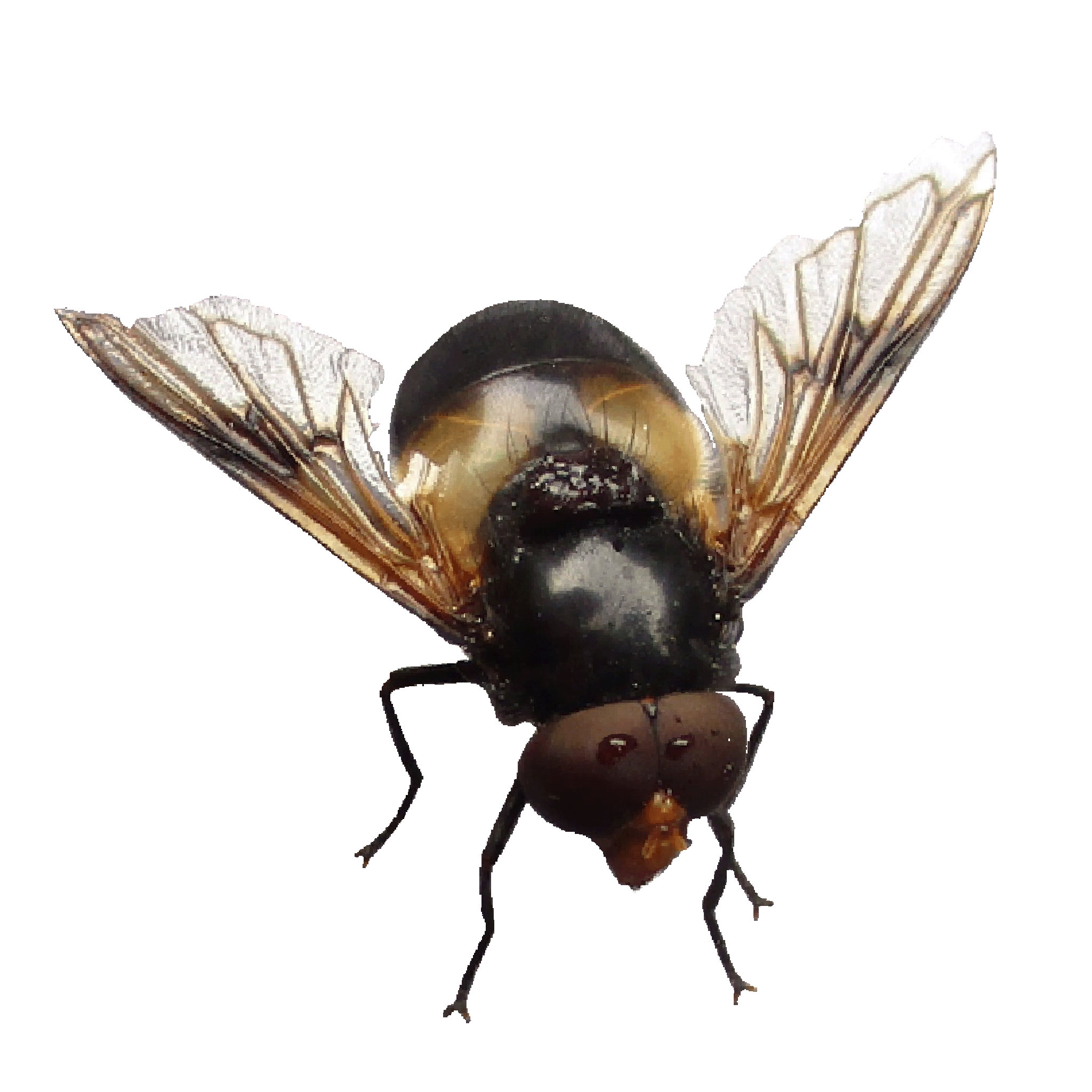

Sericomya silentis
'Bog Hoverfly'
Volucella pellucans
'Great Pied' Hoverfly
Rhingia campestris
'Heineken' Hoverfly'


Eupeodes luniger
Common Spotted Field Hoverfly
Some insects we call flies are not true flies. They do not belong to the order diptera. For example, sawflies are classified with the hymenoptera order along with bees and wasps. Scorpion flies, alder flies and stoneflies all have orders of their very own.
bottom of page
